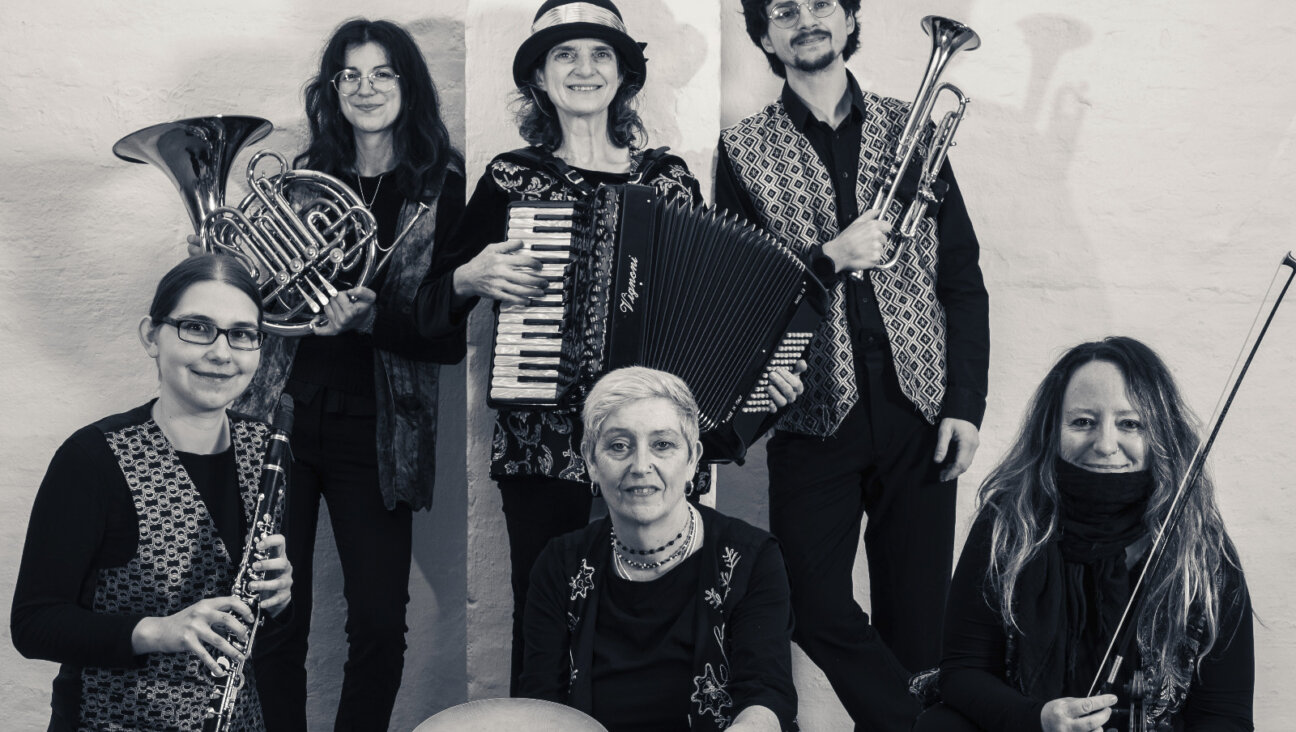The Forgotten Jews of Ethiopia

The Forgotten Jews of Gondor. Image by Lior Sperandeo

The Jews of Gondar. Image by Lior Sperandeo
In the local Amharic language, the forgotten Jews of Ethiopia are called the Falash-Mura – the people without a land. Numbering around 5,000 families, many have been waiting to make aliyah and immigrate to Israel for decades.
I had heard about their struggle long before travelling to Ethiopia. I’d been told that in the 19th century, their ancestors had converted to Christianity, and thus they were not welcomed to Israel like the rest of Ethiopian Jewry under the Right of Return. The logic seemed sound; if they had chosen to convert and turn their backs on Judaism, why should they be allowed automatic citizenship in the Jewish state? It was only when I set foot in Ethiopia that I understood how wrong I was.
As soon as I arrived in the city of Gondar, I found myself in a Jewish island in the middle of Africa; I knew in an instant that a new journey was about to begin.

The Forgotten Ethiopian Jews of Gondar. Image by Lior Sperandeo
As a Cinematographer in a foreign country, it is essential to build trust with my subjects; it’s the only way I can create intimacy and reach the depths of the issues I am trying to explore. I find that the key is starting from a point of commonality. In this case, unlike many others, the fact that I am an Israeli Jew certainly helped.
I started showing up every morning at the local synagogue with a kippah in my pocket and a camera on my shoulder. I am never at ease when I enter a synagogue or any holy site; I feel like my presence is interrupting something important and bigger than me. This was not the case in Gondar. Something was different. Though I had every reason to feel like an intruder, I felt right at home.

The Forgotten Jews of Ethiopia in their local synagogue. Image by Lior Sperandeo
It only took a few days for the members of the community to get used to the idea of this white Israeli photographer, uncomfortably wearing his kippah, running around snapping photos of them.
They started to open up, and I was able to hear their incredible stories.
Every day, three times a day, members of the community would attend prayer at the synagogue. Carrying their tefillin (phylacteries) and tallit (Jewish prayer shawls), they would walk through the unpaved streets of Gondar to their house of prayer – a large tin shack painted in white and blue. The contrast between this rugged facility and the polished men and women, dressed in white, created a beautiful vision that for me symbolized the essence of this unique place.
During the days that passed, I attempted to document this incredible atmosphere through the camera lens.
While I was in Gondar, the preparations for Pesach began. Every year, Gondar hosts the largest Seder in the world, with over 3,000 guests. The preparations leading up to this event were mesmerizing.

The Forgotten Jews of Gondar prepare for Passover. Image by Lior Sperandeo
Members of the community worked for days, sewing new kippot and tallit and of course, baking thousands of handmade round matzos. On the night of the Seder, each song and verse in the Hagadah was song so beautifully, the ancient songs I’d known since childhood received a new meaning to me. Every year, I have the privilege of celebrating the Jewish festival of freedom and liberty in Israel, while here my brothers and sisters are still waiting for their Exodus. Why me and not them?
The stated reason for not allowing the Falash-Mura return to Israel is that they are not recognized as Jews. But after my visit I can testify that this is an absurd claim. In Gondar, I found one of the most vibrant and dedicated Jewish communities that I have experienced. These are men and women who value their Jewish religion and traditions in the most genuine way.
This made me pause and ask myself – what is the real reason Israel won’t let them in? Would a Jewish community in any other continent be treated this way?
I was embarrassed.
It is easy to avoid these questions when we don’t have to look our brothers and sisters in the eyes.
This is why I created this short film. My hope is that soon the Falash-Mura, the people with no land, will shed this name because they do have land – The Jewish Land of Israel.
Watch Lior’s moving video below:

















